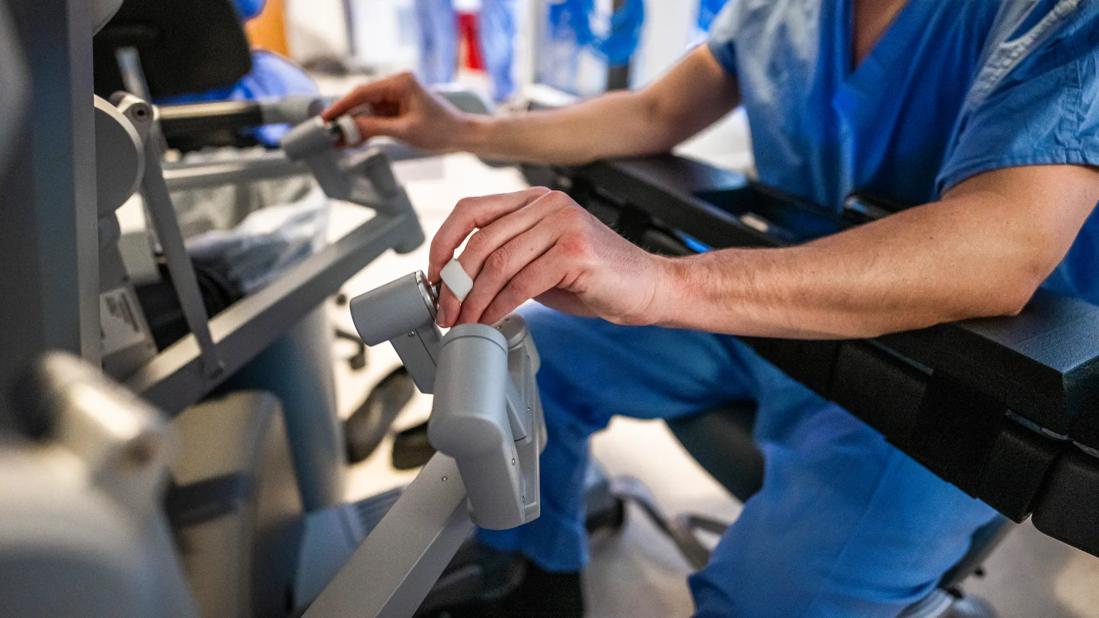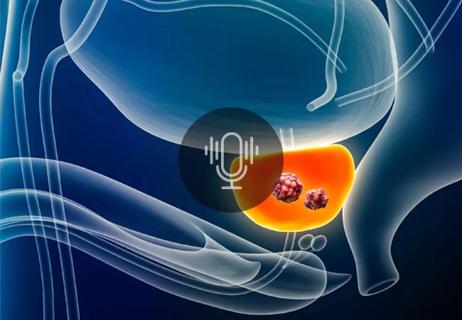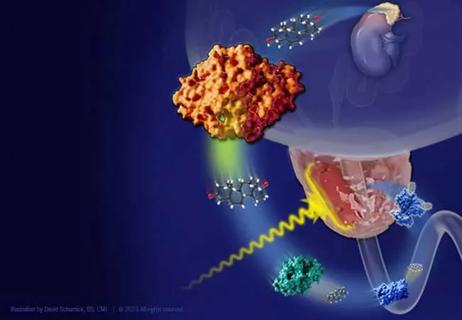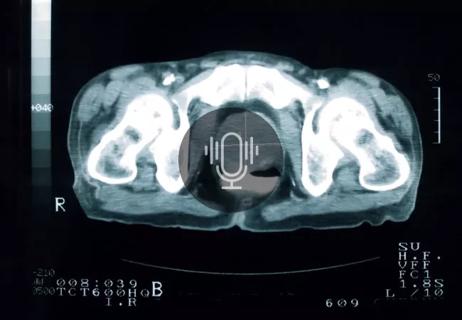Approach offers a ‘middle ground’ between radical prostatectomy and active surveillance

A new approach to prostate cancer at Cleveland Clinic combines real-time imaging with the surgical precision of the single-port (SP) robotic system to perform a partial prostatectomy — a novel form of focal treatment. Data shows that this approach offers safe oncologic outcomes and promising functional results in patients with localized prostate cancer.
Advertisement
Cleveland Clinic is a non-profit academic medical center. Advertising on our site helps support our mission. We do not endorse non-Cleveland Clinic products or services. Policy
The novel technique, SP transvesical partial prostatectomy (SP-TVRAPP), was developed by Jihad Kaouk, MD, Chair of the Department of Urology at Cleveland Clinic. Dr. Kaouk and Adriana Pedraza, MD, Robotic Surgery and Minimally Invasive Urologic Oncology Fellow, presented an abstract at the 2025 American Urological Association Meeting in Las Vegas.
Historically, whole gland treatment and active surveillance are options available to patients with localized prostate cancer. However, both pose the risk of overtreatment and undertreatment, respectively. SP-TVRAPP offers a middle-ground between radical prostatectomy and active surveillance.
The technique is based on the principles of focal therapy, which uses an MRI-guided approach to ablate cancerous lesions. Unlike other focal therapies, SP-TVRAPP allows for the removal of tissue, enabling comprehensive pathological analysis, real-time confirmation of complete cancer excision, and fewer contraindications. This targeted approach has been associated with improved preservation of erectile function and urinary continence compared to whole-gland treatment.
“Urinary incontinence may ultimately resolve after a whole gland procedure, but erectile dysfunction can persist well beyond cancer treatment,” notes Dr. Kaouk. In addition to functional outcomes, SP-TVRAPP demonstrates a favorable cancer response. “The evidence on SP-TVRAPP shows that this approach balances the positive oncologic response of a radical prostatectomy with the functional outcomes of active surveillance.”
Advertisement
Transvesical access to the prostate is one of many innovations Dr. Kaouk has developed to regionalize the surgical approach using the SP robotic system. “Accessing the prostate through the bladder is a more anatomically friendly approach that avoids the bowel entirely,” he explains. “This has translated to substantive benefits toward enhancing patient comfort and minimizing morbidity.”
The investigators analyzed prospective data from 26 patients who underwent SP-TVRAPP between 2021 and 2024. The study cohort included those with the following characteristics:
Of the 26 patients included, all surgeries were completed successfully without complications. The median hospital stay was approximately four hours, and 94% of patients were discharged without opioid prescriptions. Foley catheters were removed approximately four days after surgery.
Within one week postoperatively, nearly 70% of patients achieved continence, and by six weeks, this rose to almost 90%, exceeding 90% at three and six months. More than 40% of patients regained potency at six weeks, which rose to 73% at three and six months; it was near 90% at 12 months postoperatively.
Negative surgical margins were achieved in 80.8% of cases. All patients are free of metastatic disease.
Advertisement
While promising functional and oncologic outcomes were noted, the researchers say longer-term follow-up is needed. Enrollment for a clinical trial comparing HIFU versus partial prostatectomy outcomes is underway.
“Our main goal is to help our patients preserve function and at the same time offer a safe oncologic approach to avoid overtreatment,” concludes Dr. Kaouk.
Advertisement
Advertisement

AI histologic classifier reliably predicts clinical risk in men post-prostatectomy

Historic collaboration connects two Cleveland Clinic locations, enables real-time sharing of metrics and surgical progress

Patient factors and cancer characteristics are key to deciding between focal therapies and whole gland treatment

Novel research to evaluate noninvasive treatments in ED and chronic pelvic pain

Correlation found between the biomarker HSD3B1 and resistance to combined hormone therapy and radiotherapy

FDA-approved therapy offers promise for patients with castrate-resistant prostate cancer

Using novel robotic approaches for a difficult-to-access prostate

A newer modality for select patients has shown positive outcomes to date